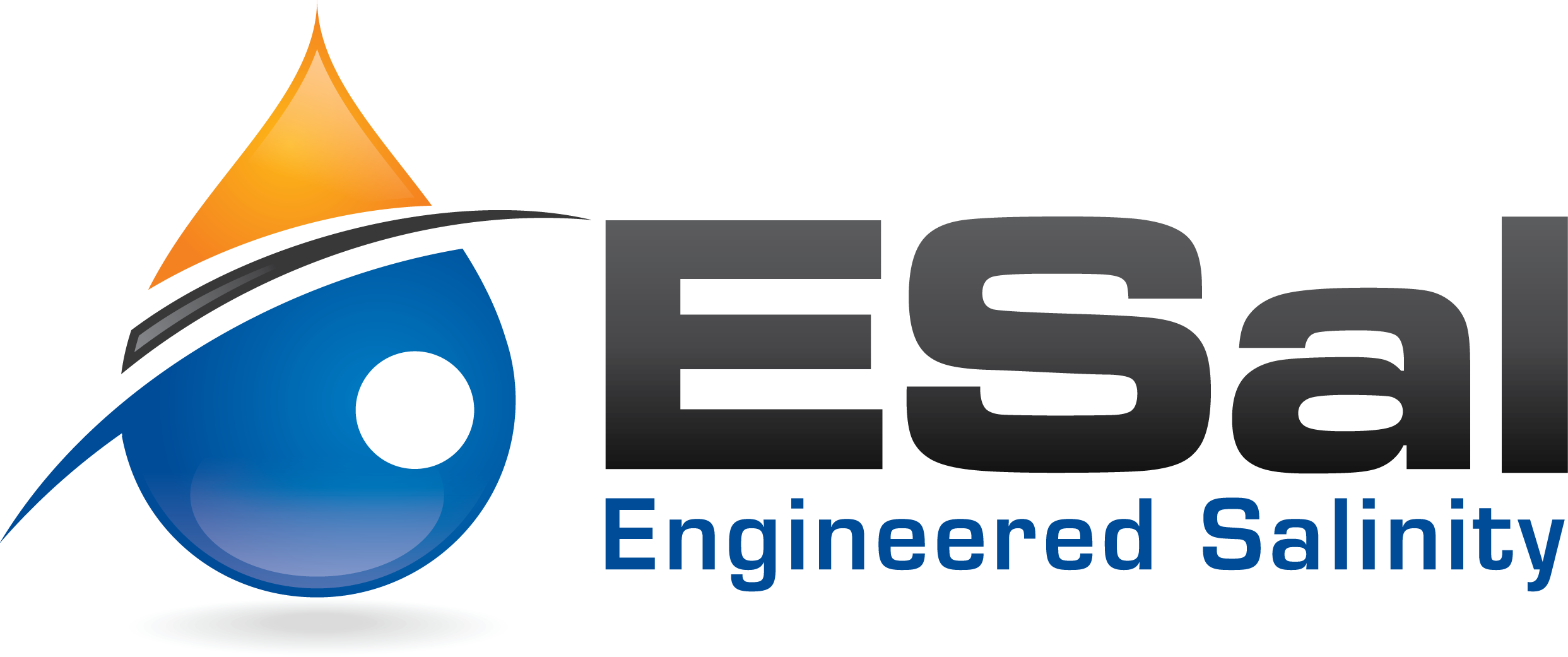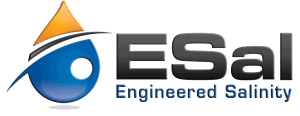
Geoffrey Thyne, SPE
Abstract
The natural decline in oil production in Alaskan reservoirs is challenging producers to find methods to extend production. The current stage of reservoir development has reached the point where consideration of enhanced oil recovery methods is appropriate. Such methods could include CO2, chemical, microbial or thermal recovery. However, these methods require significant capital and/or operational investment. This paper evaluates the application of wettability alteration for Alaskan reservoirs by changing injection water chemistry also known as advanced water flooding. We use empirically-based screening and scoping methodologies to evaluate the suitability, cost and benefits of advanced water flooding for Alaskan reservoirs using public domain data.
First, laboratory and field examples of successes and failures are considered. Using this basis, a theory is developed that directly links water chemistry and reservoir wettability. The theory also illuminates the key characteristics of the reservoir that control wettability. We use empirically-based screening and scoping methodologies to evaluate the suitability, cost and benefits of advanced water flooding for Alaskan reservoirs with sufficient public domain data. The screening tool is built on empirical data from laboratory and field tests that identify the critical factors contributing to incremental production. The scoping tool uses a modified Kinder Morgan approach (dimensionless recovery curve) to evaluate the economic case for each reservoir.
The first field-scale tests of this technique were conducted by BP in the Endicott reservoir on the North Slope and produced good results by lowering the salinity of injection water. Those tests showed that alteration to injection water chemistry can increase recovery significantly. These results have been duplicated in laboratory and field tests in other locations. The tests were conducted without an understanding of the fundamental mechanisms nor optimization of the injected water chemistry, and thus represent minimum recovery. We find the increased recovery is profitable for several fields depending on assumptions about water sources, water treatment costs and rates of injection.
The successful approach to advanced waterflooding requires several key steps: screening the formation to evaluate the applicability of the technique, simple laboratory tests to determine the optimal water chemistry and quantify the increased recovery, economic evaluations to estimate costs and benefits, and finally, comprehensive geochemical models to design the wettability-modifying fluids. The technique has several advantages compared to current methodologies for wettability alteration including substantially lower costs, no environmental impacts and ease of application.

